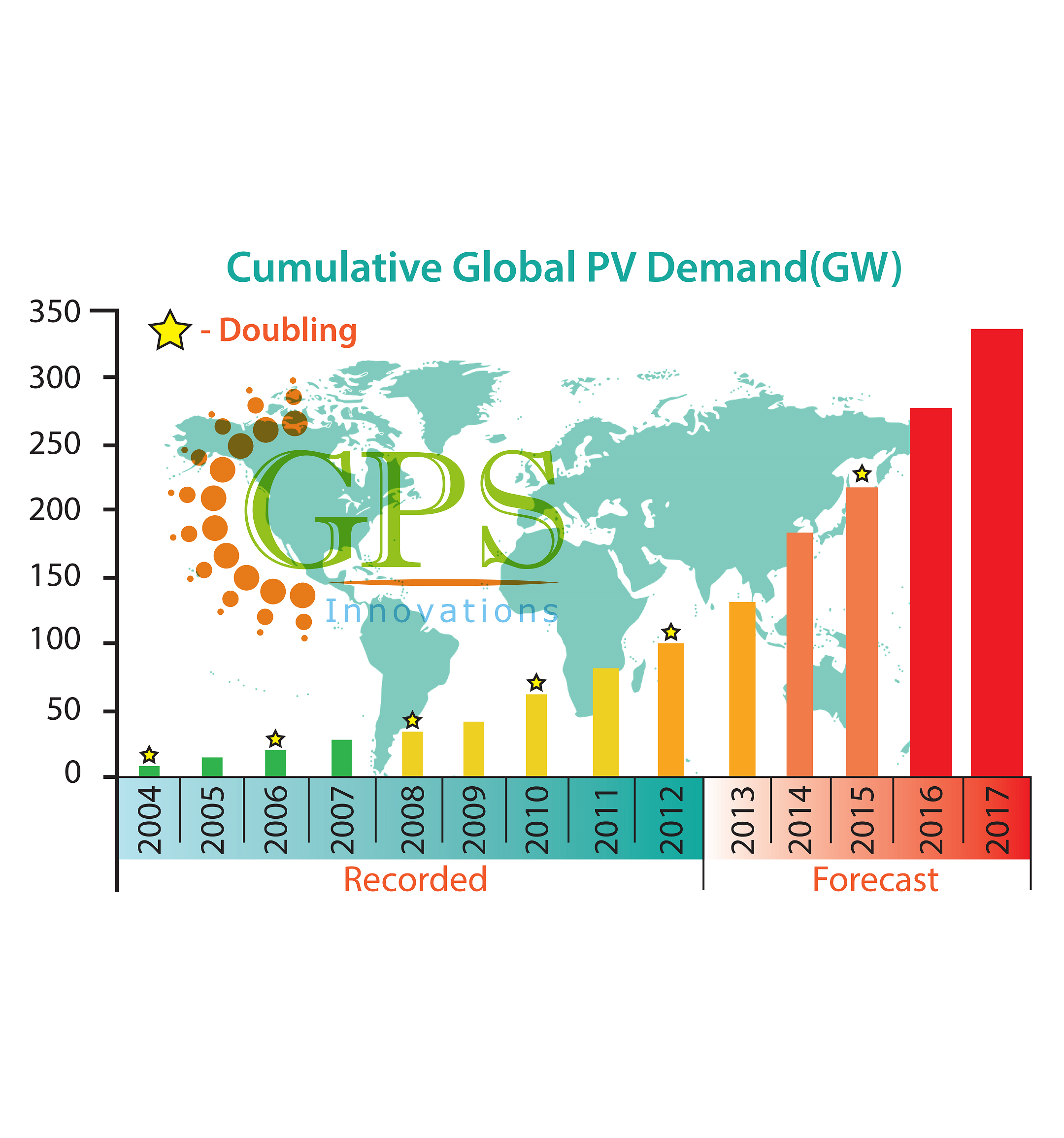Our proprietary technology is based on fabrication of thin flexible devices using high through put, low temperature approaches that employ roll-to-roll processing.




To develop economically viable technologies for large-scale power generation based on environmentally safe materials with unlimited availability.
Today, our energy consumption is made up of about 88% fossil fuels (gas, coal and oil), 6% hydroelectricity, 6% nuclear power and tiny fraction from biomass and other solar energy sources. Energy return on energy invested (EROI) of fossil fuels has gradually decreased from 100 to 15 in almost last 100 years. Fossil fuels are also strongly linked with rising global temperatures. On the other hand, nuclear energy from fission is inquisitively dangerous and limited due to deficiency of heavy elements while, the nuclear fusion has shortcomings in controlling the reaction and the formation energy. Thus, seeking a renewable energy source has become a fashionable endeavor. Solar energy presents as one of the best candidates.
Every year 3×1024 J of solar energy is available on earth. Harvesting a tiny fraction of this energy directly from the sunlight using photovoltaic (PV) technology is being widely recognized as an essential component of future global energy landscape. However, could only be materialized if the PV devices can be made truly economically competitive with fossil fuels and other emerging renewable energy technologies. Thus, large scale manufacturing of these devices offers a sustainable energy future which can power this civilization without compromising the global climate. Our team of scientists and engineers is pursuing a development path of novel solar technologies that can provide low cost, environmentally safe energy through utilizing the cheap and abundant material resources. Our proprietary plastic solar cell technology promises large-scale power generation. Our solar products are flexible, lightweight, inexpensive, efficient and stable.
Our materials research program is geared towards developing a technology that is economically viable for large-scale power generation based on environmentally safe materials with unlimited availability. Our proprietary organic semiconductors are a less expensive alternative to inorganic semiconductors, they have extremely high optical absorption coefficients which offer the possibility of very thin solar cells. Additionally, attractive features of organic PVs are the possibilities for thin flexible devices which can be fabricated using high-throughput, low temperature approaches that employ well established printing techniques in a roll-to-roll process. This possibility of using flexible plastic substrates in an easily scalable high-speed printing process can reduce the balance of system cost for organic PVs, resulting in a shorter energetic pay-back time.
Very Thin Solar Cells:
Our proprietary organic semiconductors technologies can be
Our proprietary technology is based on fabrication of thin flexible devices using high through put, low temperature approaches that employ roll-to-roll processing.

